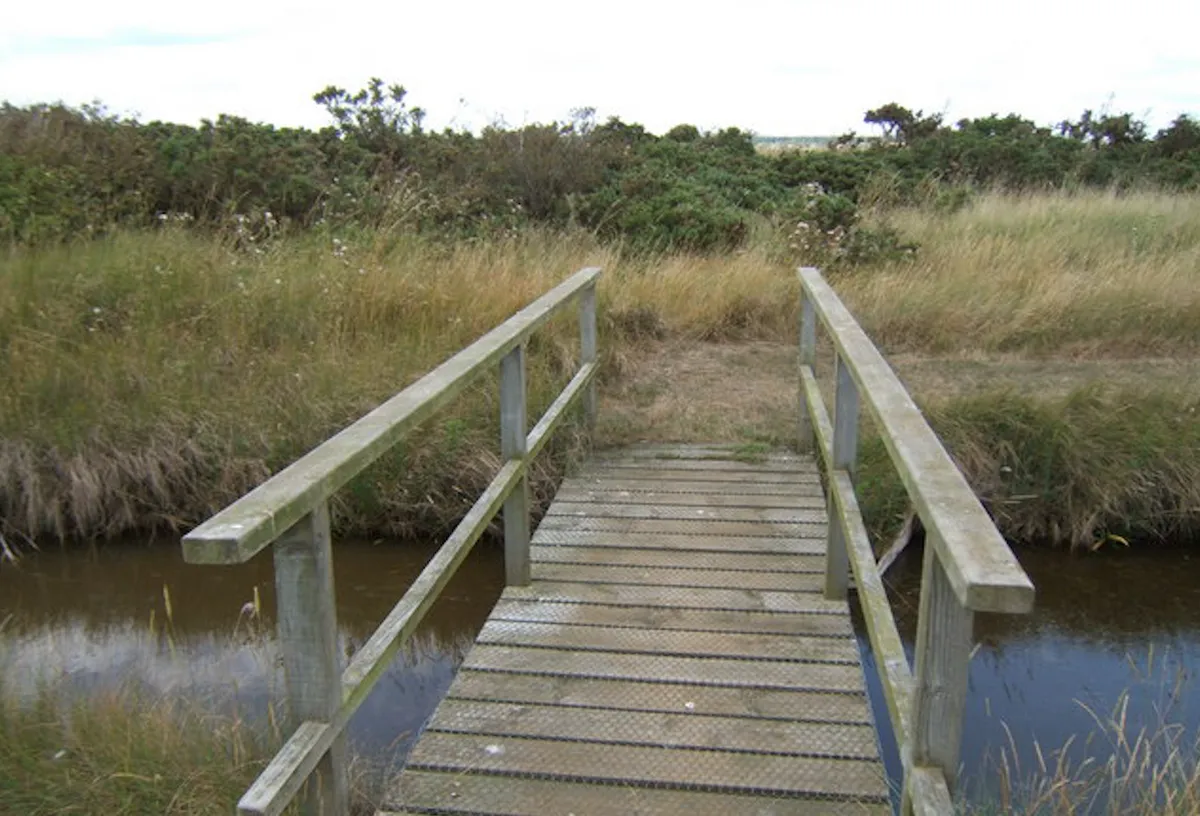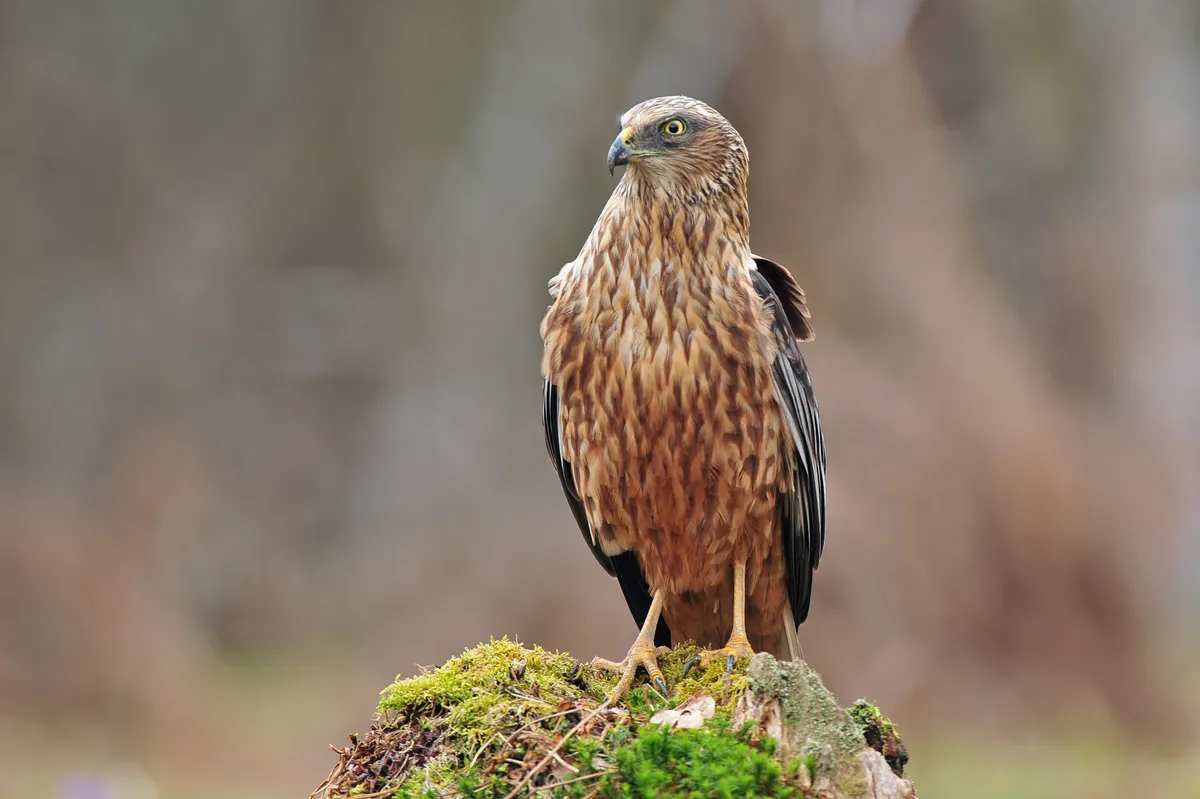Ever fancied your own private nature reserve? Well, Havergate Island is about as close as it gets. This small, narrow islet lies on the River Ore (or Alde on some maps) and is sheltered behind Orford Ness (Europe’s longest shingle spit). Owned by the RSPB, it’s only open to visitors once a month. It’s a special, almost secret place.
The 20-minute boat trip to Havergate Island begins in sight of the concrete ‘pagodas’ on Orford Ness. Built during the Cold War, they were used by the Atomic Weapons Research Establishment for testing. It was always claimed that no fissile material was kept on site but in the event of an explosive accident, the heavy concrete roofs were designed to collapse on the buildings and seal any contamination inside.

Wildlife on Havergate Island
The Ness and Havergate Island, are important nesting and over-wintering sites for birds. Access to the Ness is extremely limited, but look out for anything flying towards it on your way to the island. The sudden appearance of a marsh harrier swooping low over the water during our trip caused one of our party to lose his hat overboard.
Landing on the island is a little underwhelming at first, with just a few common gulls flying above the flood defence walls. But once you’re inside the sea defences, the key habitat is revealed.

The partially flooded mud and shingle lagoons are perfect for the wading birds, gulls and waterfowl for which the island is renowned: avocets, Sandwich terns, pintails, curlews, plovers and the occasional spoonbill. Paths around the island link hides and observation screens giving spectacular views across the pools and pebble banks.
Floods at Havergate Island
Unfortunately the tidal surge in 2013 did serious damage to Havergate’s sea walls, breaching and undermining them in several places. The good news, however, is that the lagoons were already saline and the seawater is not expected to cause any lasting environmental harm.
One of the fears after the flooding was the impact it would have on the island’s hares. Seemingly tamer than their mainland cousins, the hares on Havergate are often seen nibbling nearby in the grass as you sit munching your sandwiches. Several were seen around the volunteer accommodation huts soon after the storm, so hopes are high for a full recovery. A special hare-watching weekend, with extra ferry trips, is already planned for April.
As you walk back to the wooden jetty for the return boat trip, take a moment to marvel at the distinctive saltmarsh flora that rings the island. And remember to hold on to your hat once you’re back on the water.
Useful Information
FIND OUT MORE
RSPB Havergate Island Nature Reserve
01394 450732
HOW TO GET THERE
Turn off the A12 at Woodbridge to take the A1152. After 2.5 miles, near Bromeswell, take the B1084, continue 8.5 miles through Rendlesham Forest, Butley and then Chillesford to Orford. The RSPB ferry leaves at 10am and returns at 2pm, on the first Saturday of the month. Prior booking essential. RSPB members £12, non-members £19. Hare weekend, 5-7 April will have additional boat trips.
EAT
Pinney’s
The Butley Orford Oysterage, Market Hill, Orford, IP12 2LH
01394 450277
STAY
The Crown and Castle
Orford, IP12 2LJ
01394 450205
NEARBY
The striking well-preserved 12th century keep of Orford Castle (English Heritage), dominates the skyline hereabouts. During March it is only open at weekends 10:00–16:00, but other days from April onwards.
